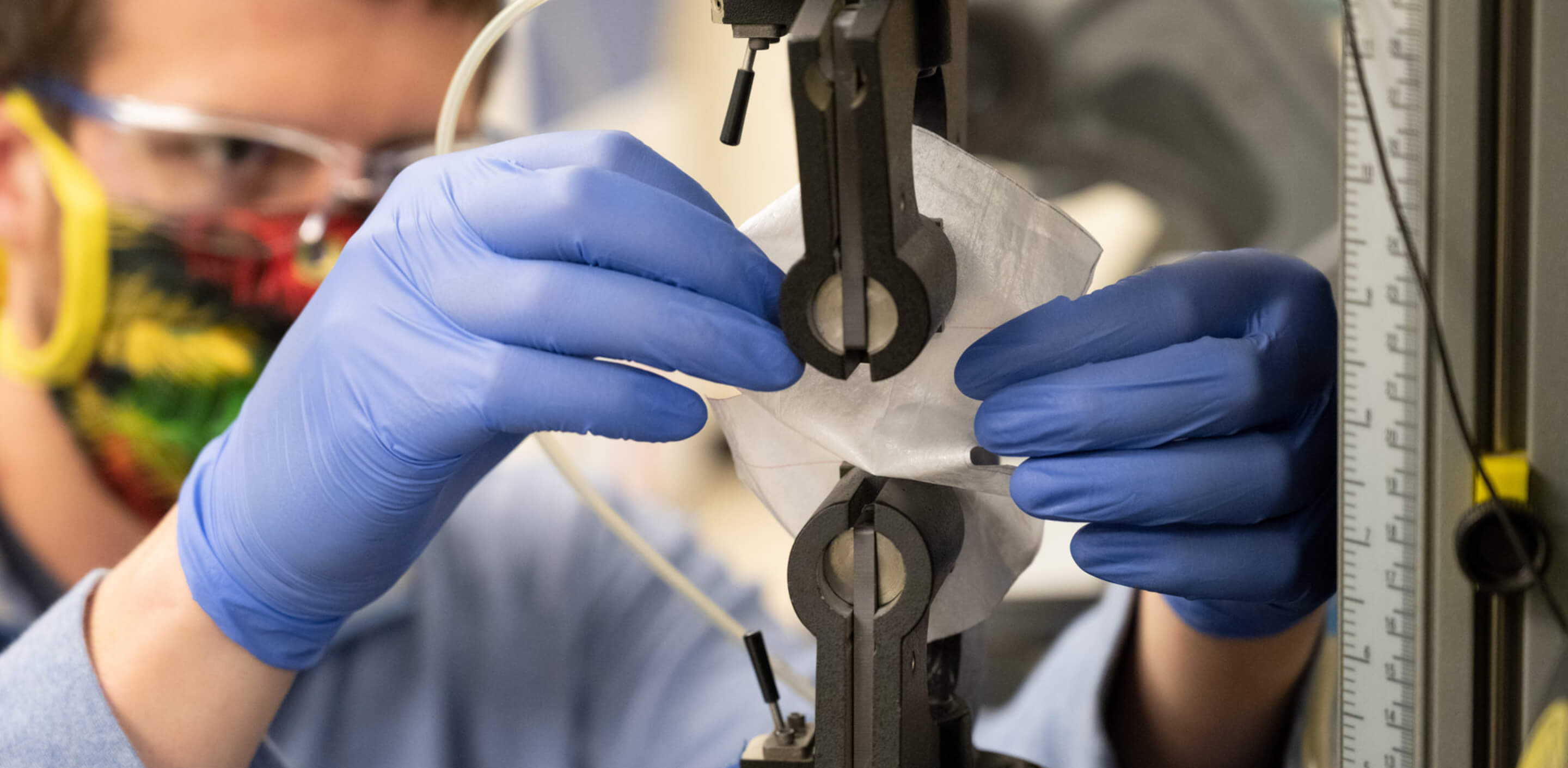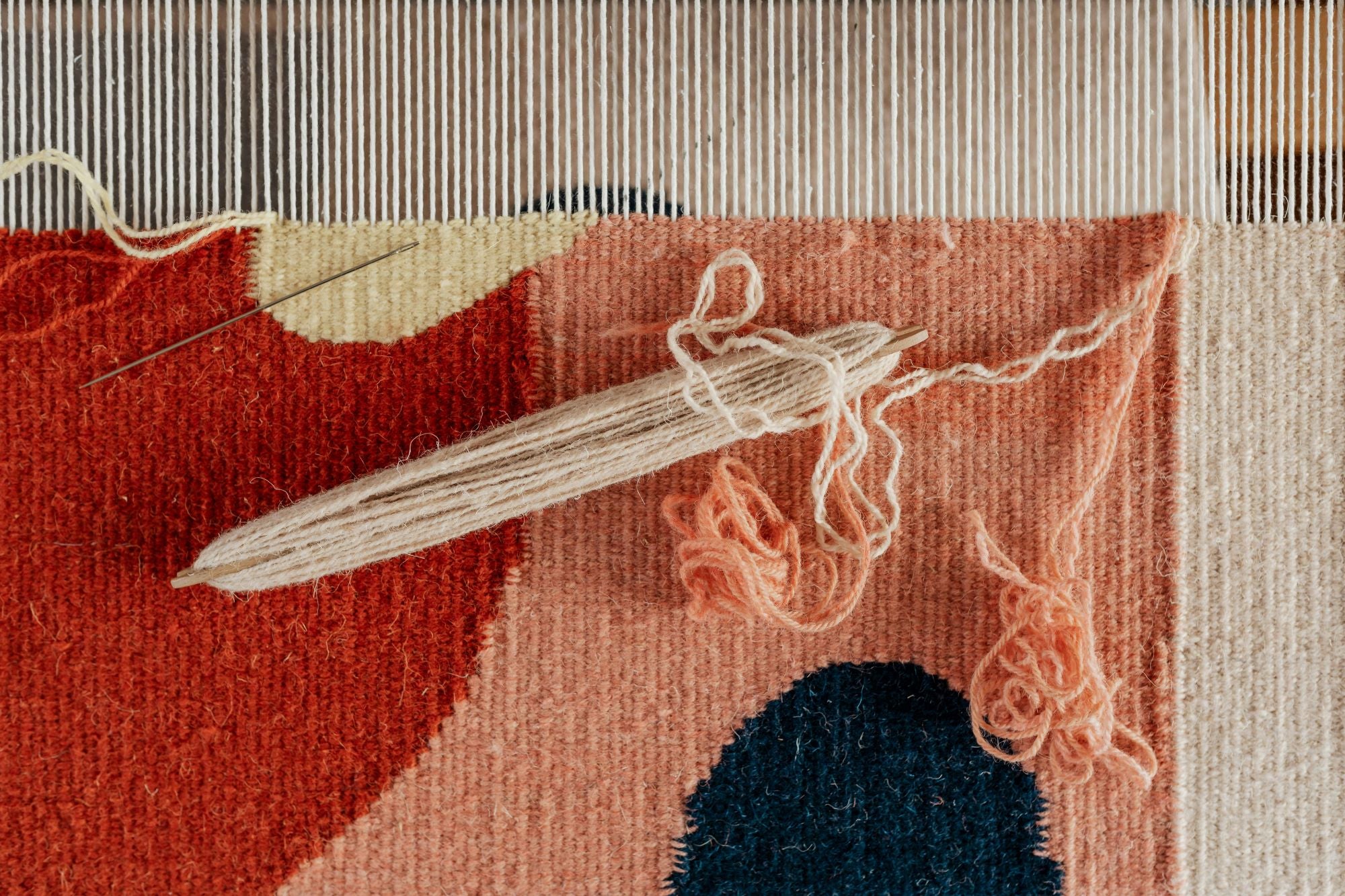Digital printing is the most current and up-to-date printing process today. It was started in the 1980s. For design development, a printer is needed which converts design files. Digital printing uses inject and laser technology to create digital print onto fabric. It reduces the risk of error and creates the most accurate design.
Types of Digital Printing
- Direct to fabric
Using the Inject method, print heads spray ink directly onto the fabric and create a design. This printing works best on sustainable fabrics like cotton and a blend of cotton because water-based and pigment-based inks are used in this printing process.
- Direct-to-film printing-
In this designs are printed onto transfer films or paper using inject printers these designs are then transferred into fabrics using heat and pressure. Sublimation inks are used in DTF.
- Direct to garments-
Inkjet printers apply ink directly onto garments they are primarily used for cotton and cotton blend garments offering softness to the touch. Water-based inks are commonly used for DTG prints.
- Sublimation Textiles
Designs are printed onto transfer paper using inkjet printers the printed paper is then heat-transferred onto polyester fabrics or substrates where the ink sublimates into the fabric fibers.
Why is Digital Printing beneficial to Fashion Designers?
High-quality design prints-
Digital printing has the capability to print high-resolution designs where traditional methods might struggle. Digital printing technology is more accurate in terms of colours; this means the designer delivers their vision on fabrics. It gives a fine and detailed print on fabric and allows designers to use a wide range of colors.
Customised design-
Digital printing allows fashion designers to offer personalised printed garment that shows the personal taste of an individual.
Cost-effective-
No expensive frames and plates are needed for the print of the design. It reduces the chance of fabric waste because of accurate and fine-design printing which creates cost efficiency. Digital printing saves the cost of physical production, not much physical work is required during the time of printing and post process.
Reduces time consumption-
Digital printing allows rapid production of design by allowing designers to receive demanded or customised printed fabric in a short period of time which saves the valuable time of the designer for further process of garment making.
Efficiency in small production-
Digital printing does not require high setup costs for each design variation and it is a top-notch benefit of this. Designers can produce limited edition or one-of-a-kind pieces for samples without the need for large production.
Let’s compare Digital printing with other printing in terms of textile:
Digital Printing V/S Screen Printing V/S Hand printing :-
Digital printing:
Directly print onto fabrics using digital printers, designs are created on computers.
Uses a screen or frames to apply ink layer by layer through a mesh screen. Separate frames or screens are required for each color.
Hand Printing:
Techniques like block printing and designs are manually applied to fabric with carved blocks.
|
Digital printing |
Screen printing |
Hand printing |
|
|
Cost |
Lower initial setup costs requires |
Higher cost require due to screens. |
High labor cost because of manually carved blocks and it varies on the complexity of design. |
|
Colors |
Multicolored designs and gradients options are available |
Limited color options. |
Available color options are there due to limited sills of artisans. |
|
Color durability |
Color fastness is excellent sometimes depending on ink and fabric used. |
Often resulting long-lasting prints. |
Depends on dyes but it slowly faded away with the time. |
|
Fabric |
Works well on variety of fabric like cotton, silk, polyester and blends of fabrics. |
Works well with natural fibers like cotton and silk. |
Not many fabric options are there, works well with cotton and linen. |
|
Production Speed |
Ideal for on-demand printing. |
Slow production due to screen setups. |
Slowest production due to manual work |
Digital printing is more advanced and effective than both Screen printing and Hand printing:
Digital printing empowers fashion designers with the flexibility to create intricate designs swiftly and meet the evolving demands of today’s dynamic fashion industry.




